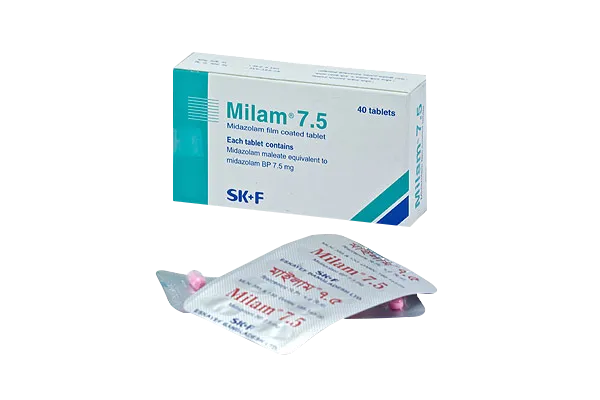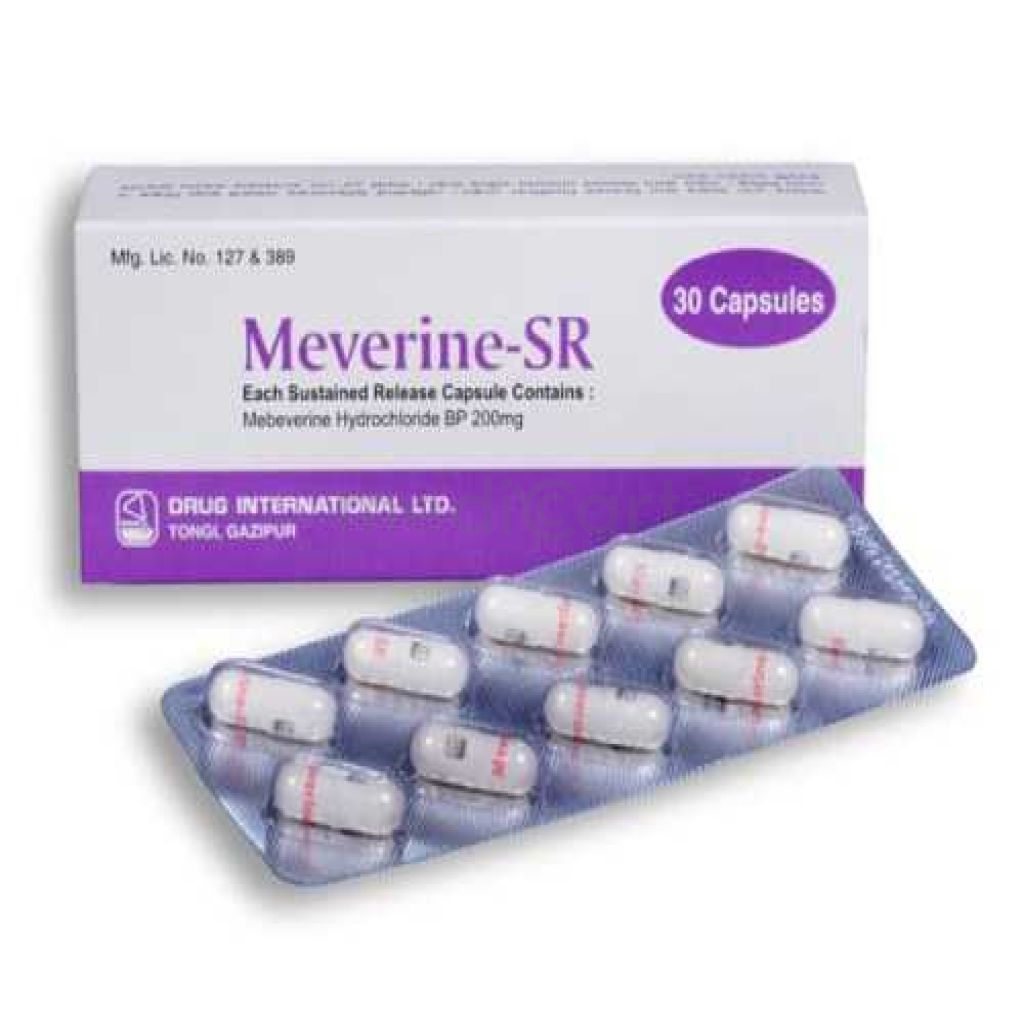

Pethidine-R 100mg/2ml
Injection
Pack Size :
10 x 1 Strip
Generics :
Pethidine Hydrochloride
Manufacturer :
Renata Limited
Best Price *
TK
994.00
* Delivery will be done in Dhaka city only.
Alternative Product
More Information About - Pethidine-R 100mg/2ml
Description
Generic Name
Pethidine HydrochloridePrecaution
May impair ability to drive or operate machinery. Hypovolaemia, CV disease; adrenal insufficiency; biliary tract disorder; CNS depression or coma; history of drug abuse or acute alcoholism; head injury, intracranial lesions, elevated intracranial pressure; hepatic or renal impairment; morbidly obese; prostatic hyperplasia; toxic psychoses; pre-existing respiratory compromise (hypoxia and/or hypercapnia), COPD or other obstructive airway disease; sickle-cell disease; supraventricular tachycardia; thyroid dysfunction. Elderly and debilitated patients. Withdraw gradually. Pregnancy (avoid prolonged use or high doses at term) and lactation.Indication
Anaesthesia, Postoperative pain, Moderate to severe acute pain, Obstetric analgesiaContra Indication
Hypersensitivity.Dose
N/ASide Effect
Hypotension; fatigue, drowsiness, dizziness, nervousness, headache, restlessness, malaise, confusion, depression, hallucinations, tremors, muscle twitches, increased intracranial pressure, seizure, serotonin syndrome; rash, urticaria; nausea, vomiting, constipation, anorexia, stomach cramps, xerostomia, biliary spasm, paralytic ileus, sphincter of Oddi spasm; ureteral spasms, decreased urination; pain at inj site; weakness; dyspnoea; histamine release, physical and psychological dependence.Pregnancy Category
Name : B
Description
Animal reproduction studies have failed to demonstrate a risk to the fetus and there are no adequate and well-controlled studies in pregnant women OR Animal studies have shown an adverse effect, but adequate and well-controlled studies in pregnant women have failed to demonstrate a risk to the fetus in any trimester.Mode of Action
Pethidine is a phenylpiperidine derivative opioid analgesic. It acts mainly as mu-receptor agonist. Like most, opioid analgesics, it mimics endogenous opioids by activating opioid receptors in the central and peripheral nervous system. It reduces the release of neurotransmitter substances and also reduces the activity of postsynaptic neurons in the spinal cord thus preventing transmission of pain impulse.Interaction
Increased pethidine metabolite levels with aciclovir, cimetidine, ritonavir. Reduced analgesic effects with phenytoin, barbiturates. Additive sedative and/or respiratory depressive effects with alcohol, barbiturates, benzodiazepines, phenothiazines, TCAs, other CNS depressants. Potentially Fatal: Increased risk of serotonin syndrome with MAOIs (not be given concurrently or within 14 days of their discontinuation), serotonin agonists, serotonin reuptake inhibitors, sibutramine, TCAs.Pregnancy Category Note
Pregnancy Category B, D if prolonged use/high doses at term.Adult Dose
Parenteral Moderate to severe acute pain Adult: 25-100 mg IM/SC inj or 25-50 mg by slow IV inj repeated after 4 hr. Obstetric analgesia Adult: 50-100 mg by IM/SC inj as soon as contractions occur at regular intervals; repeat after 1-3 hr if needed. Max: 400 mg in 24 hr. As a preoperative medication Adult: 25-100 mg IM/SC given 1 hr before surgery. Postoperative pain Adult: 25-100 mg IM/SC inj every 2-3 hr if necessary. Intravenous Adjunct to anaesthesia Adult: 10-25 mg by slow IV inj. Hepatic impairment: Dose reductions may be necessary.Child Dose
Parenteral Moderate to severe acute pain Child: SC/IM: 2 mth to 12 yr: 0.5-2 mg/kg; 12-18 yr: 20-100 mg. Repeat dose every 4-6 hr if needed. IV inj: Neonates and children >12 yr: 0.5-1 mg/kg IV inj every 10-12 hr if needed in those up to 2 mth and every 4-6 hr if needed in older children. 12-18 yr: 25-50 mg every 4-6 hr if needed. Alternatively, >1 mth: Loading dose: 1 mg/kg by IV inj followed by 100-400 mcg/kg/hr via continuous IV infusion adjusted according to response. As a preoperative medication Child: 1-2 mg/kg given IM 1 hr before surgery. Postoperative pain Child: 0.5-2 mg/kg IM every 2-3 hr if necessary.Renal Dose
Renal impairment: Dose reductions may be necessary.Administration
Reconstitution: Dilute with water for inj to a concentration of 5-10 mg/ml.Disclaimer
The information provided herein are for informational purposes only and not intended to be a substitute for professional medical advice, diagnosis, or treatment. Please note that this information should not be treated as a replacement for physical medical consultation or advice. Great effort has been placed to provide accurate and comprehensive data. However, Medicart along with its authors and editors make no representations or warranties and specifically disclaim all liability for any medical information provided on the site. The absence of any information and/or warning to any drug shall not be considered and assumed as an implied assurance of the Company.




